| In early April, my Boxer pup Peetie’s health began to decline requiring shorter walks at first, then pain medication. We “moved” downstairs to sleep as climbing the stairs caused him increased pain, shortness of breath and exhaustion. Together, we slept on the media room couch — often his 90 pound body on top of mine. As it was uncomfortable for him to settle down for more than a few hours at a time, we both got little sleep over the next month. After several more visits to our vet, it was recommended taking him to a veterinary cardiologist, who diagnosed Peetie with a tumor on the outside of his heart that had migrated into the interior. Nothing could be done but love him and keep him comfortable. |
| The following week, the bronze Ardhanarishvara sculpture — a composite of Shiva and Parvati— purchased in Tanjore arrived three months later than expected, after a strong letter from my credit card company. It is stunning and a powerful depiction of the animistic Andean principle of complementary opposites — along with another lesson in patience. Two-days later, I left for Montana to attend a board meeting of the Cinnabar Foundation and site visits with some of our conservation grantee partners. We met in the breathtakingly beautiful northwest corner of the state. |
My desire for silence continues. I am continuing to learn from my “dance with Shiva.” It is a dance requiring more mindfulness, continuous refinement and balance. Sometimes it requires almost no perceptible movement and at others bold motions. The dance can be done in silence or not; in private or in a crowd of people. No matter my mood or time of day, this dance opens my heart and brings me to gratitude. I am like a detective uncovering its subtleties. Even my doing-ness has shifted in a way I can only describe as having more stillness and power at the heart of it all.
So to all — those who were on this Indian pilgrimage to “Dance with Shiva” and those who were not — I honor and bless you . . . tukumunayniyoq — “the all-encompassing power of unconditional love!”
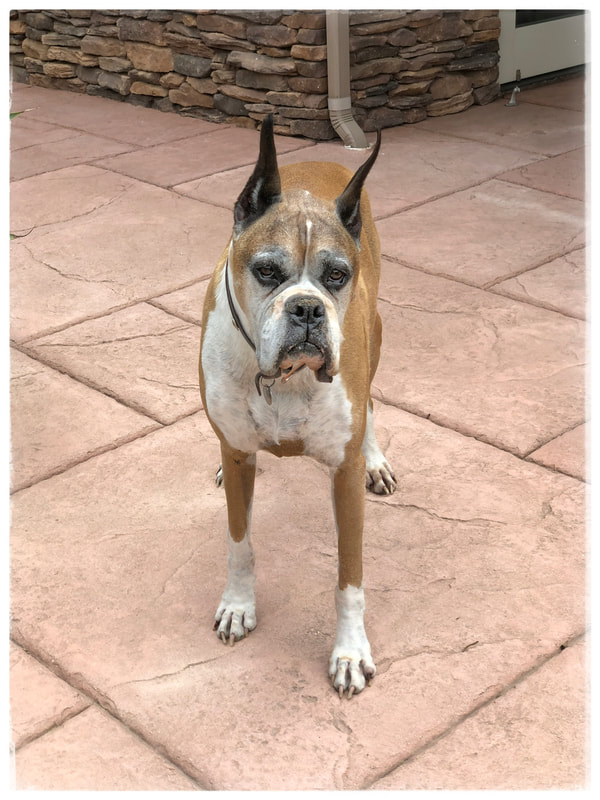
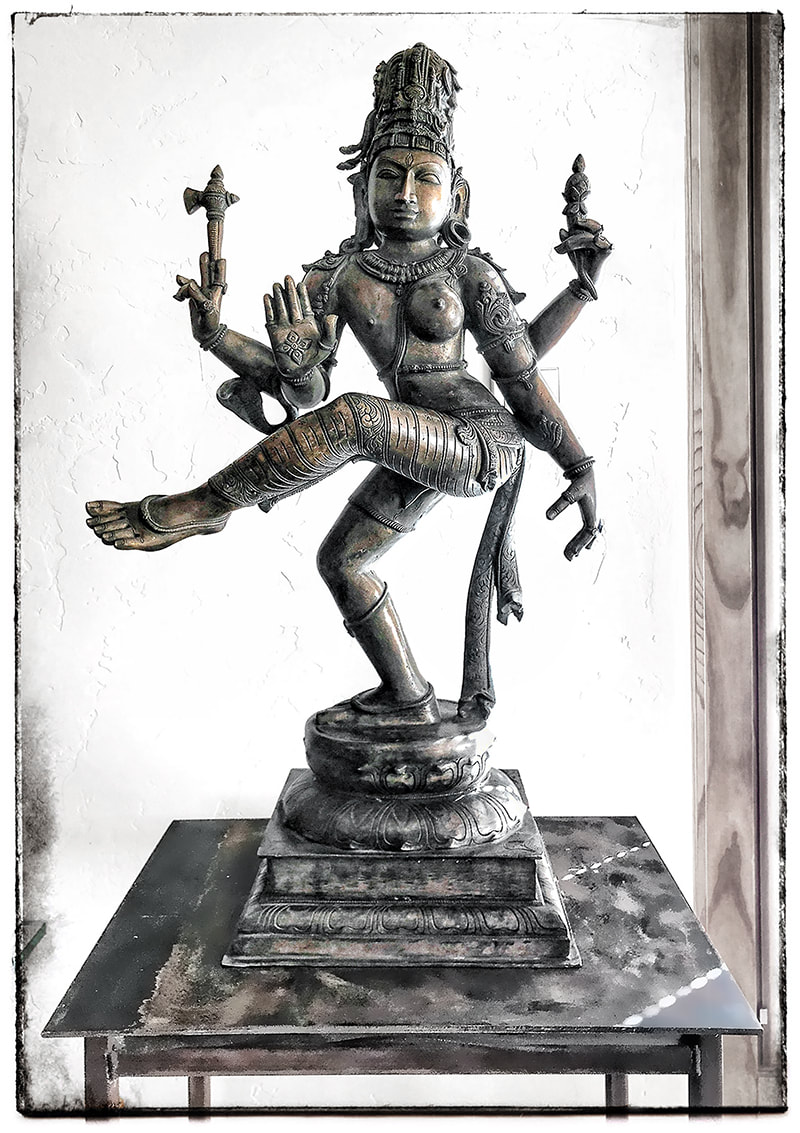
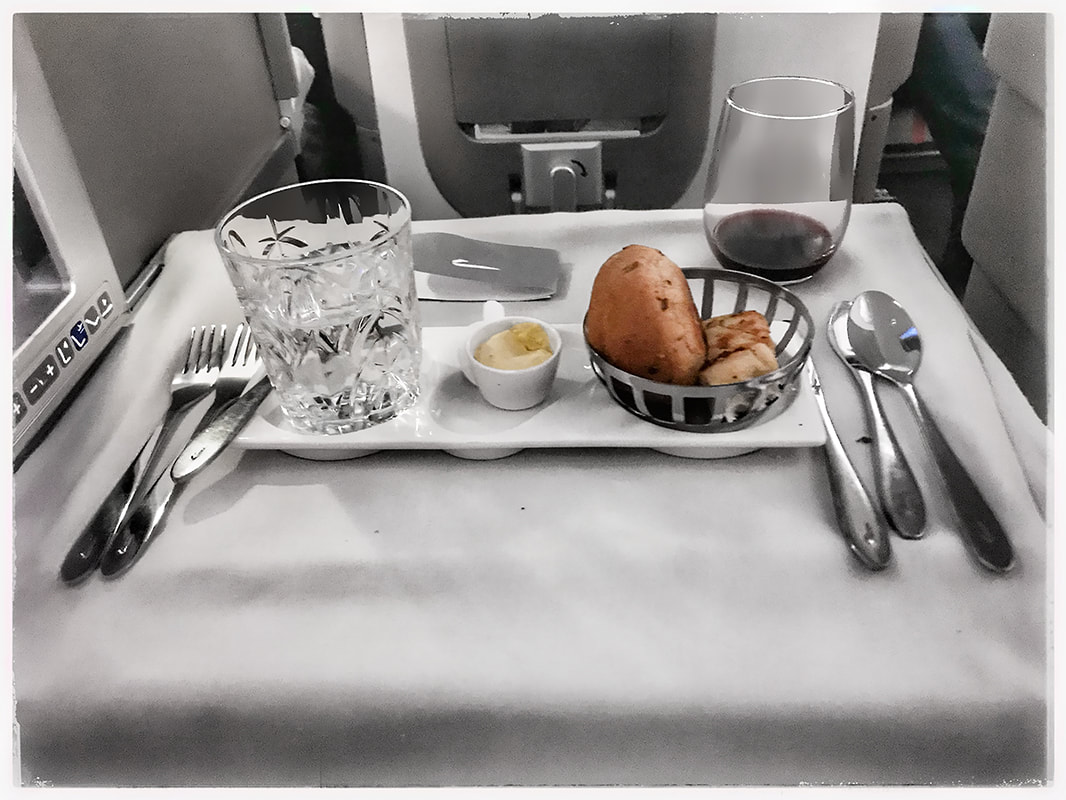
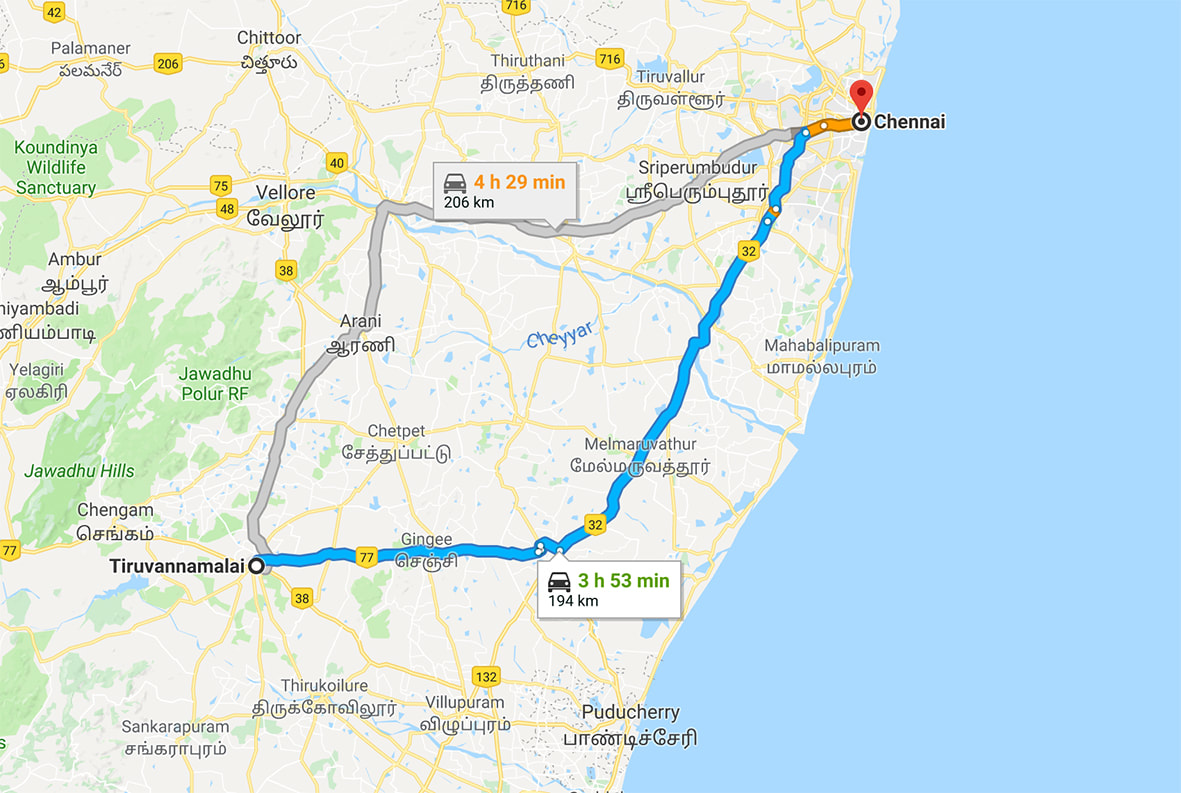
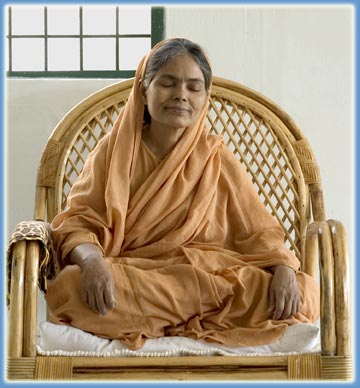
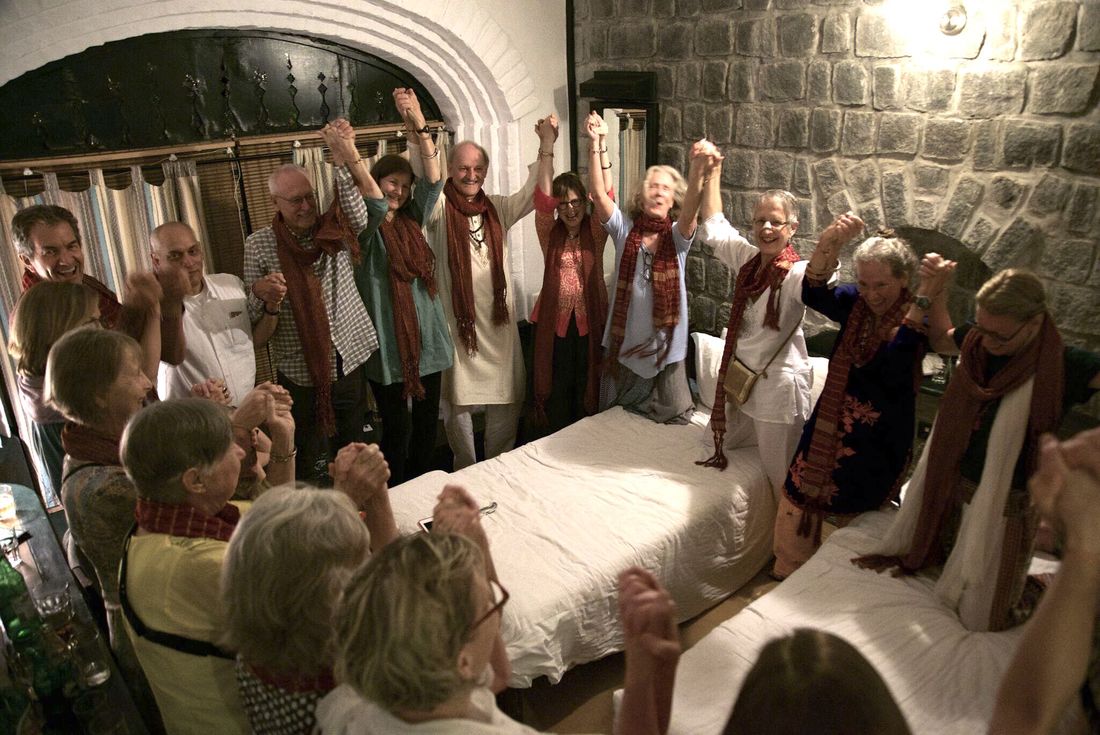
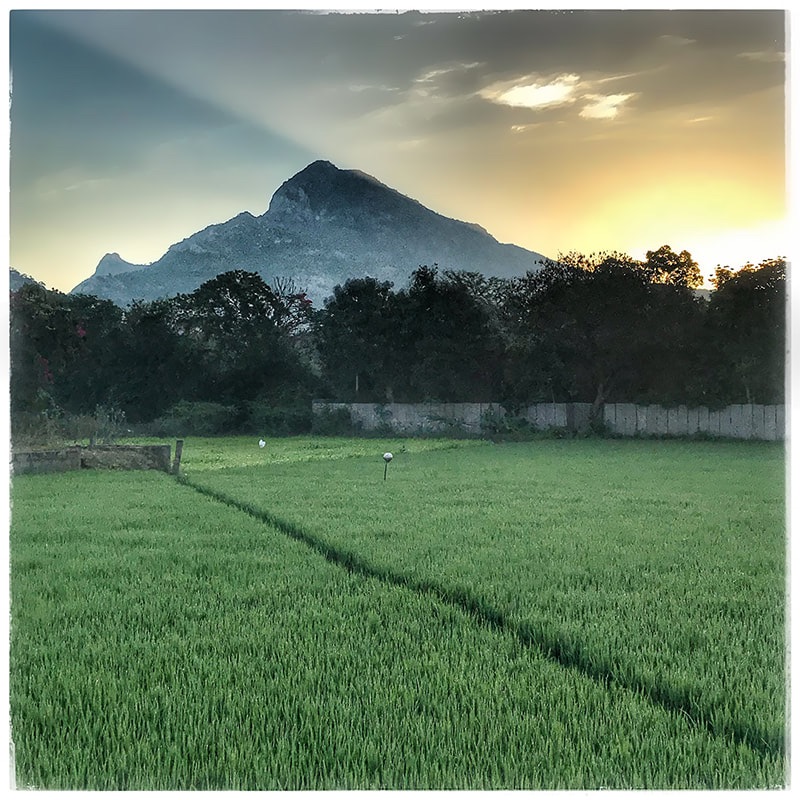
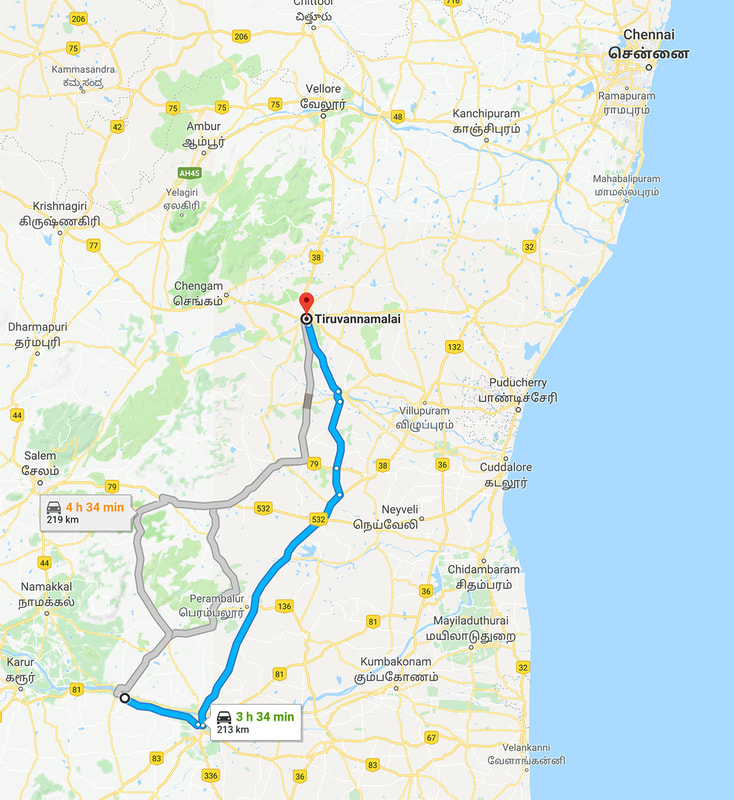
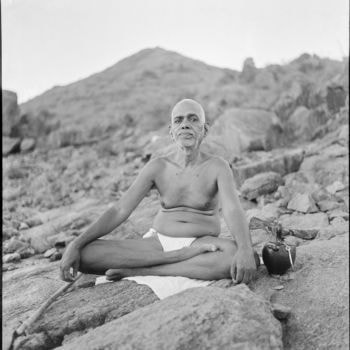


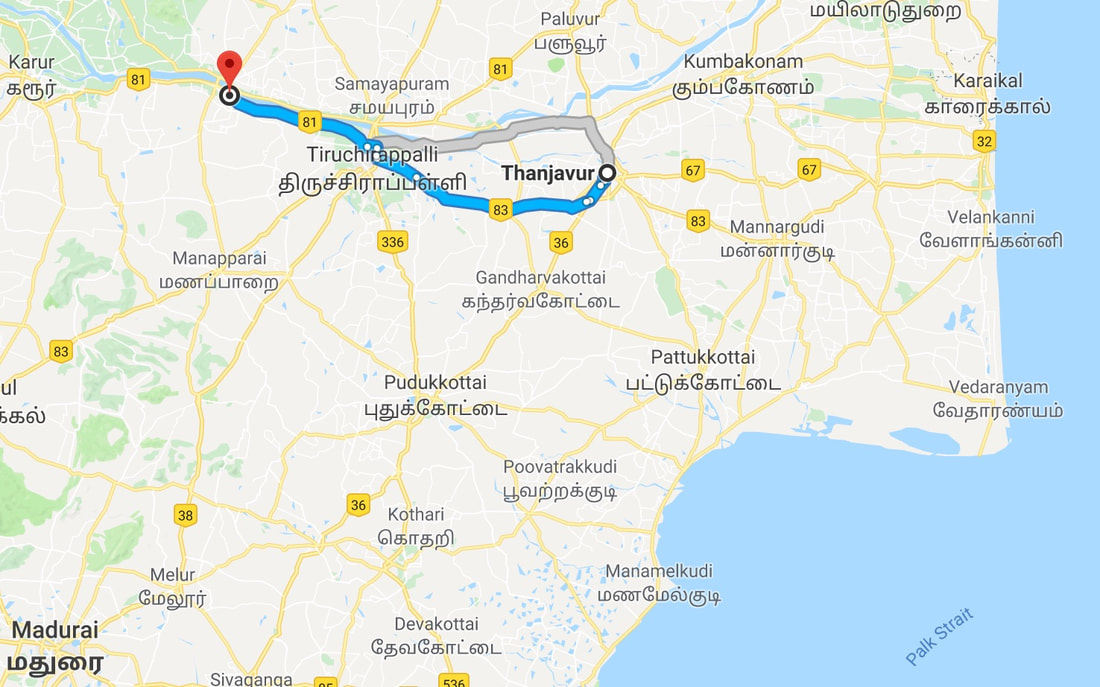
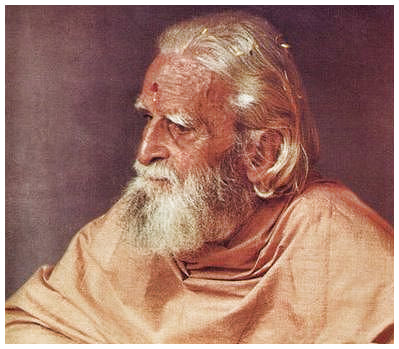
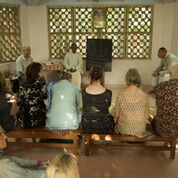
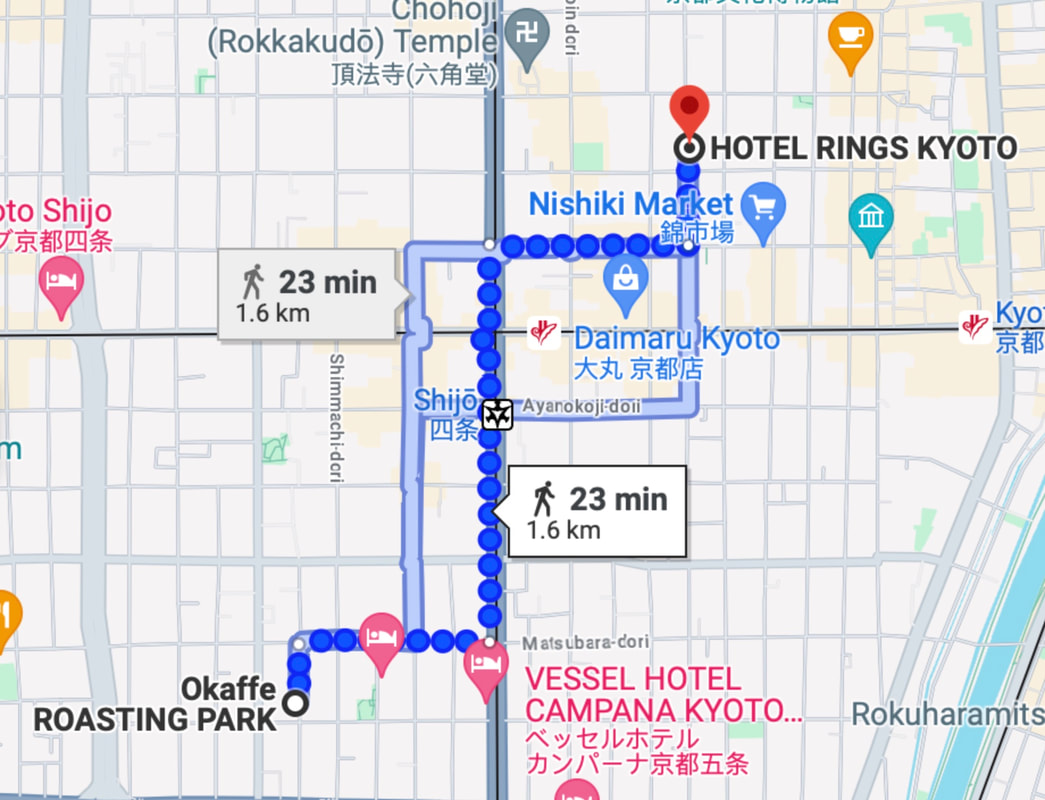
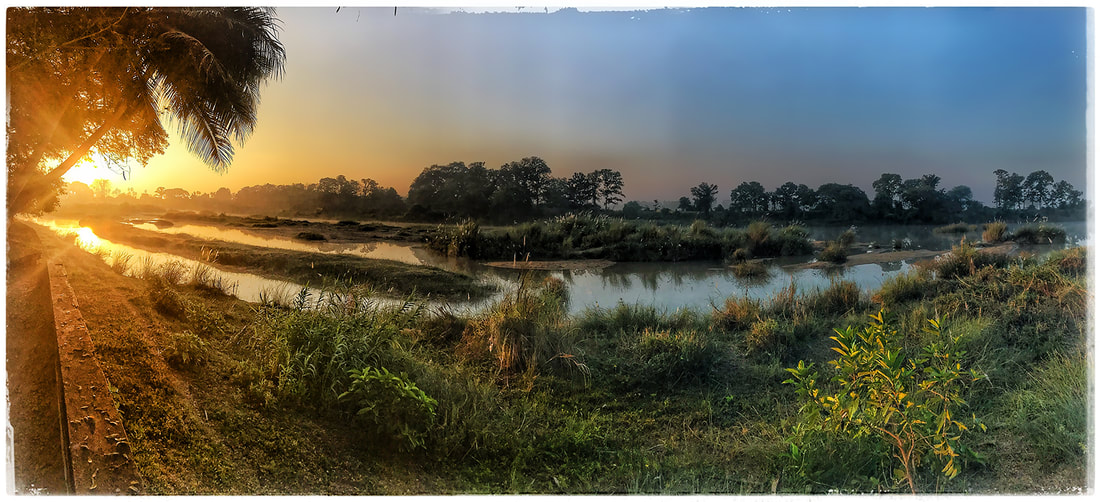
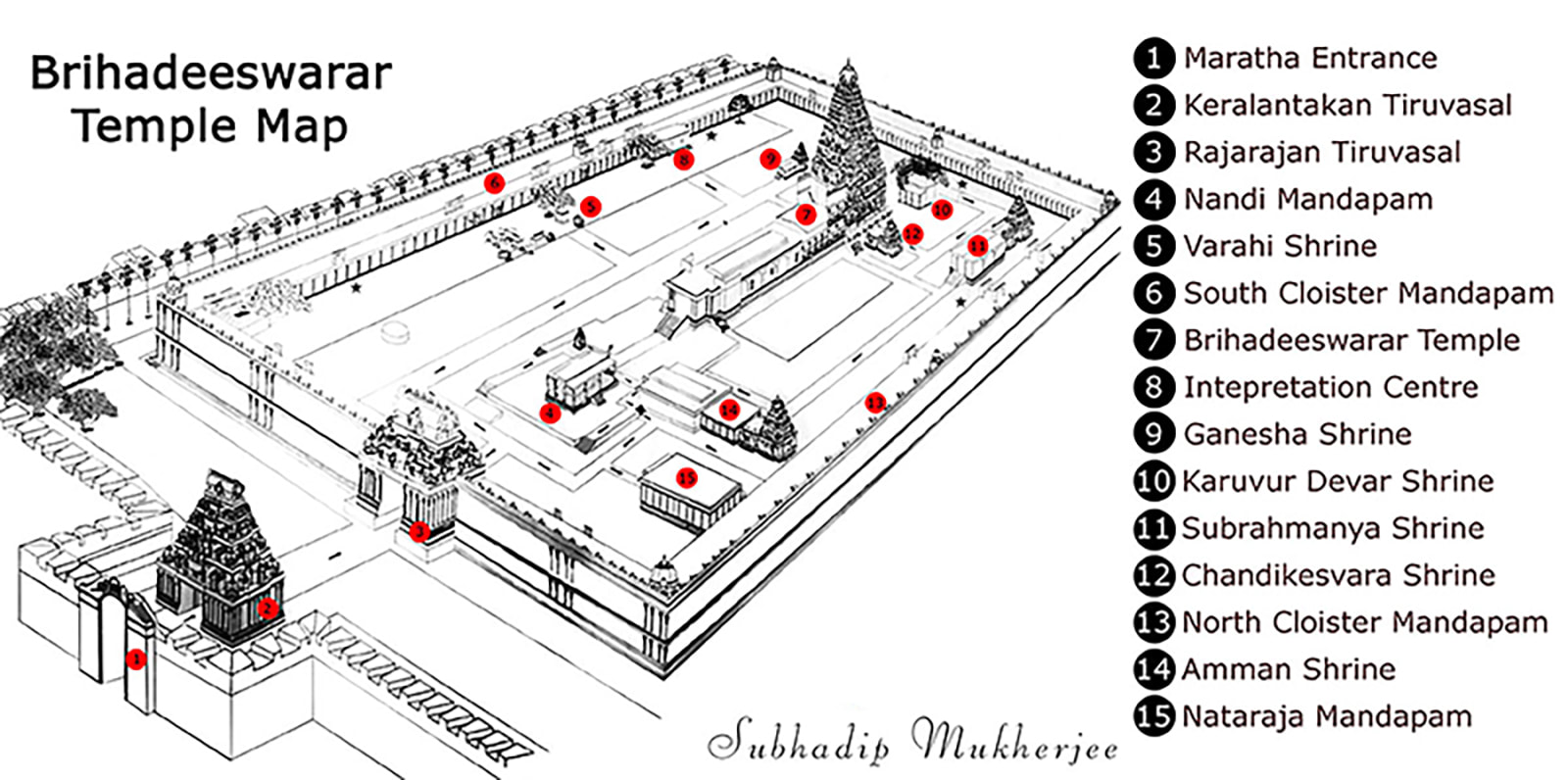
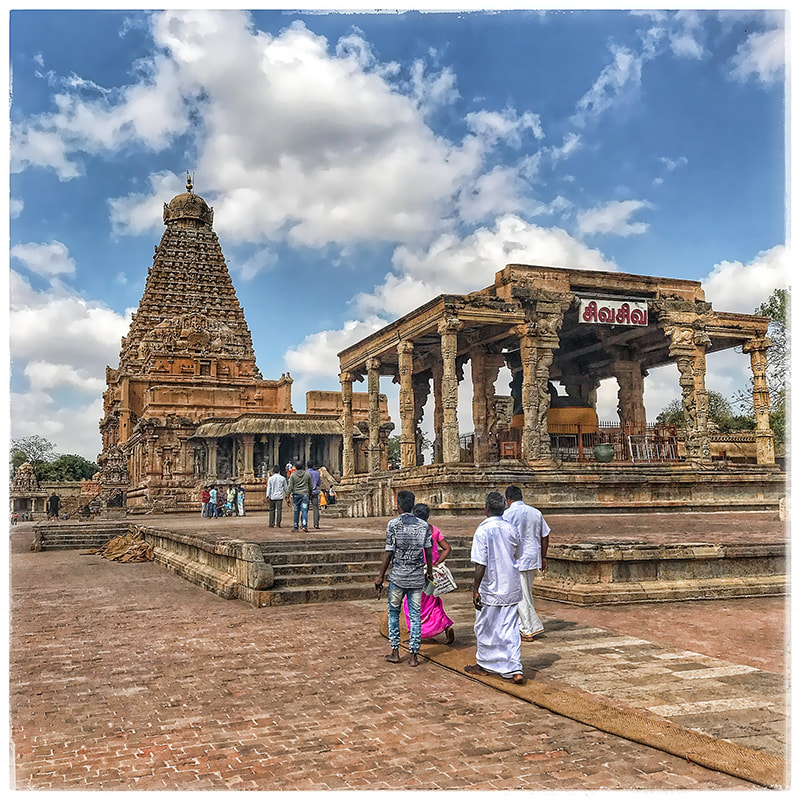
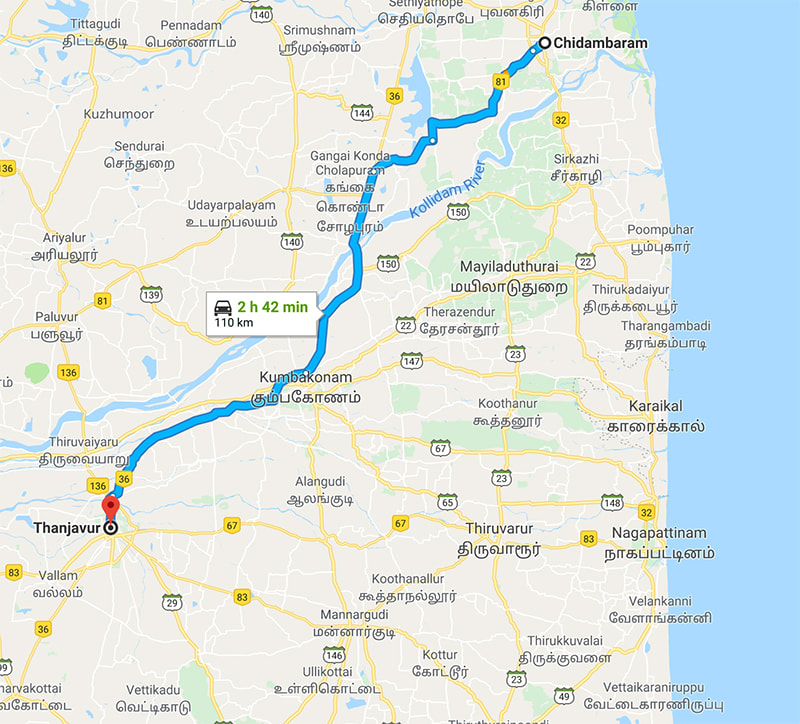
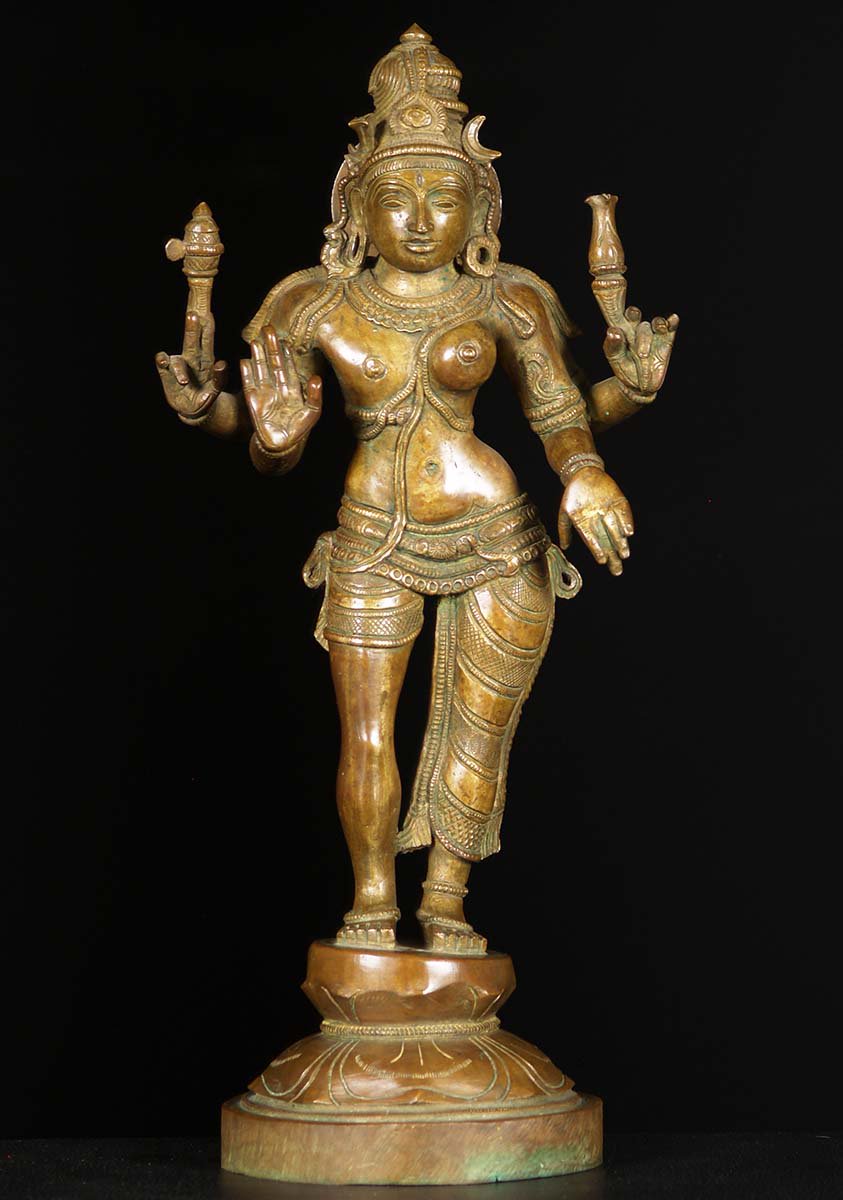
 RSS Feed
RSS Feed
